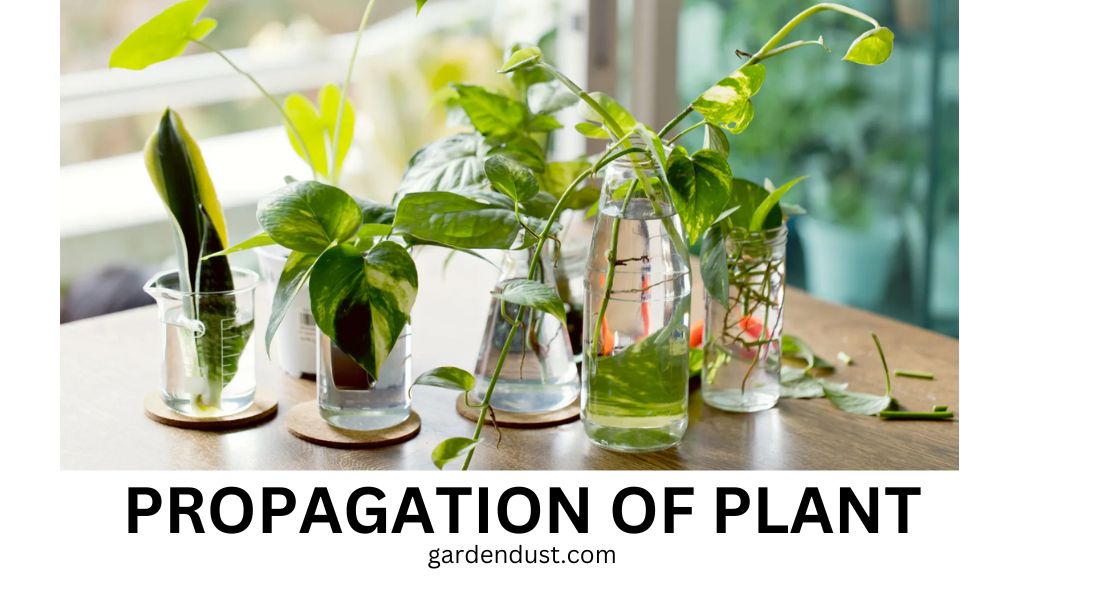Propagation is the process of creating new plants from existing ones. It involves reproducing plants either sexually (through seeds) or asexually (through vegetative methods such as cuttings, layering, grafting, or division).
Propagation is an important part of gardening and horticulture, as it allows gardeners to create new plants without having to purchase expensive seeds or plants. Propagation can also help to preserve rare or endangered plant species, as well as to create more disease-resistant and resilient plant varieties.
There are many methods of propagation, and the best method to use depends on the plant species and the gardener’s goals. Some methods, such as seed propagation, are relatively easy and straightforward, while others, such as grafting, require more specialized knowledge and skill.
Overall, propagation is a valuable technique for gardeners and horticulturists, as it allows them to create new plants, preserve plant diversity, and improve the health and resilience of their gardens.
Propagating plants is a great way to expand your garden without having to spend money on new plants or seeds.
There are two main methods for propagating plants: from cuttings and from seeds. Both methods have their advantages and disadvantages, and the best method to use depends on the plant species you are propagating. In this article, we will discuss the list of plants that can be propagated through cuttings or seeds.
Method of propagation of plant ?
There are several methods of plant propagation, including:
Cuttings: Cuttings are a common method of asexual propagation, in which a section of stem, root, or leaf is cut from the parent plant and then rooted to form a new plant. There are different types of cuttings such as softwood, hardwood, semi-hardwood, and leaf cuttings.
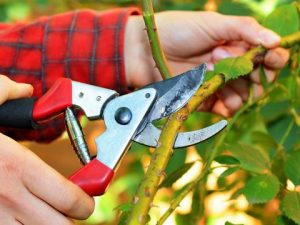
Layering: Layering is a method of propagation in which a stem or branch of the parent plant is bent down and covered with soil, allowing it to root and form a new plant while still attached to the parent plant.
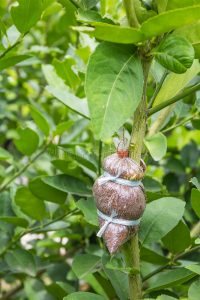
Division: Division involves separating a portion of the parent plant’s roots and stems, which can then be potted or planted separately to form a new plant.

Grafting: Grafting is a method of propagation in which a section of one plant (the scion) is joined to the rootstock of another plant to form a new plant that combines the desirable traits of both.

Tissue culture: Tissue culture is a method of propagation in which small pieces of plant tissue, such as leaves or stem tips, are placed in a sterile nutrient medium to grow and develop into new plants.
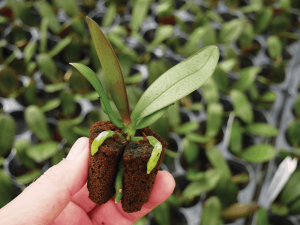
Each method of propagation has its own advantages and disadvantages, and the best method to use depends on the plant species and the gardener’s goals.
PROS AND CONS:- Propagating plants from cuttings or seeds
Propagating plants from cuttings or seeds can be a great way to expand your garden, but there are both advantages and disadvantages to each method. Here are some pros and cons to consider when deciding which method to use:
Propagating from Cuttings:–
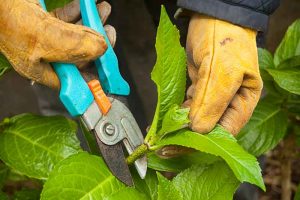
Pros:
- Faster growth: Plants propagated from cuttings often grow faster than those grown from seed because they already have a developed root system.
- Clones: Propagating from cuttings creates clones of the parent plant, so you know exactly what you’re getting.
- Cost-effective: Propagating from cuttings is a cost-effective way to expand your garden because you don’t have to buy new plants.
Cons:
- Disease risk: There is a risk of introducing diseases or pests into your garden when you propagate from cuttings.
- Limited genetic diversity: Propagating from cuttings creates clones of the parent plant, so there is limited genetic diversity in your garden.
- Difficulty: Some plants can be difficult to propagate from cuttings, so it may take some trial and error to get it right.
Propagating from Seeds
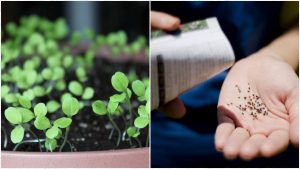
Pros:
- Genetic diversity: Propagating from seeds creates genetic diversity in your garden, which can make it more resilient to pests and diseases.
- Easy: Planting seeds is generally an easy and straightforward process.
- Variety: There is a wider variety of plants available from seed than from cuttings.
Cons:
- Slower growth: Plants grown from seed take longer to mature than those grown from cuttings.
- Unpredictable: There is some unpredictability when it comes to growing plants from seed, as not all seeds will germinate or grow successfully.
- Cost: Buying high-quality seeds can be more expensive than propagating from cuttings.
How to Grow a Plant From Cuttings – Tips to Propagate Plants
Growing plants from cuttings is an inexpensive and easy way to propagate plants. Follow these steps to successfully propagate your plants:
Choose a healthy plant: Choose a healthy plant with strong stems, and make sure it is free from any diseases or pests. Select a branch or stem that is about 4-6 inches long and has several sets of leaves.
Prepare the cutting: Cut the stem just below a leaf node using sharp and clean scissors. Remove the lower leaves from the stem, leaving only a few sets of leaves at the top. Dip the cut end of the stem into rooting hormone powder to encourage root growth.
Plant the cutting: Fill a small pot with a well-draining potting mix, and make a hole in the soil with a pencil or finger. Insert the stem into the soil, and gently press the soil around the stem to secure it. Water the cutting well and cover the pot with a plastic bag to create a mini greenhouse.
Care for the cutting: Place the pot in a bright, warm, and humid area, but out of direct sunlight. Water the cutting regularly to keep the soil moist but not waterlogged. Check the cutting regularly for any signs of stress, disease or pests.
Transplant the cutting: After several weeks, check if the cutting has formed roots by gently tugging on the stem. If it resists, roots have formed. Remove the plastic bag and gradually move the cutting to a brighter location with more sunlight. Once the cutting has outgrown the pot, transplant it into a larger pot or outside in a suitable location in the garden.
Propagation of plants from cuttings can be a very rewarding and satisfying experience. With proper care and attention, you can enjoy many new plants in your garden that are genetically identical to the original plant.
Plant which grow from cutting:-
There are many plants that can be propagated from cuttings. Here is a list of some common plants that can be grown from cuttings:
Keep in mind that some plants are easier to propagate from cuttings than others, and some may require different techniques or conditions to root successfully.
Propagating from Cuttings
- Herbs – Many herbs such as basil, mint, sage, and rosemary can be propagated through stem cuttings. Simply cut a healthy stem from the parent plant, remove the lower leaves, and place the cutting in a pot of moist soil.
- Succulents – Succulents such as jade plants, aloe vera, and echeveria can be propagated from stem or leaf cuttings. Let the cuttings dry out for a few days before planting them in a well-draining soil mix.
- Houseplants – Many popular houseplants such as pothos, spider plants, and snake plants can be propagated through stem cuttings. Place the cuttings in a container of water until roots develop, then transplant them into soil.
- Fruits – Some fruits, such as grapes, figs, and blackberries, can be propagated through stem cuttings. Make sure to take cuttings from healthy plants and plant them in a well-draining soil mix.
Propagating from Seeds
- Vegetables – Many vegetables can be grown from seed, including tomatoes, peppers, beans, and lettuce. Follow the seed packet instructions for optimal planting times and soil conditions.
- Flowers – There are many flowers that can be grown from seed, including sunflowers, marigolds, and zinnias. Plant seeds in a well-prepared soil bed or container and keep them moist until germination.
- Trees – Some trees such as oak, maple, and pine can be grown from seed. Collect seeds in the fall and plant them in a well-draining soil mix.
- Herbs – Many herbs such as cilantro, dill, and parsley can be grown from seed. Plant the seeds in a pot or garden bed with well-draining soil.
Conclusion
Propagating plants from cuttings or seeds is an excellent way to expand your garden without having to spend a lot of money. Some plants can be propagated through stem or leaf cuttings, while others require planting seeds in a well-prepared soil bed or container. By understanding which plants can be propagated through each method, you can save money and enjoy the satisfaction of growing your own plants from scratch.

